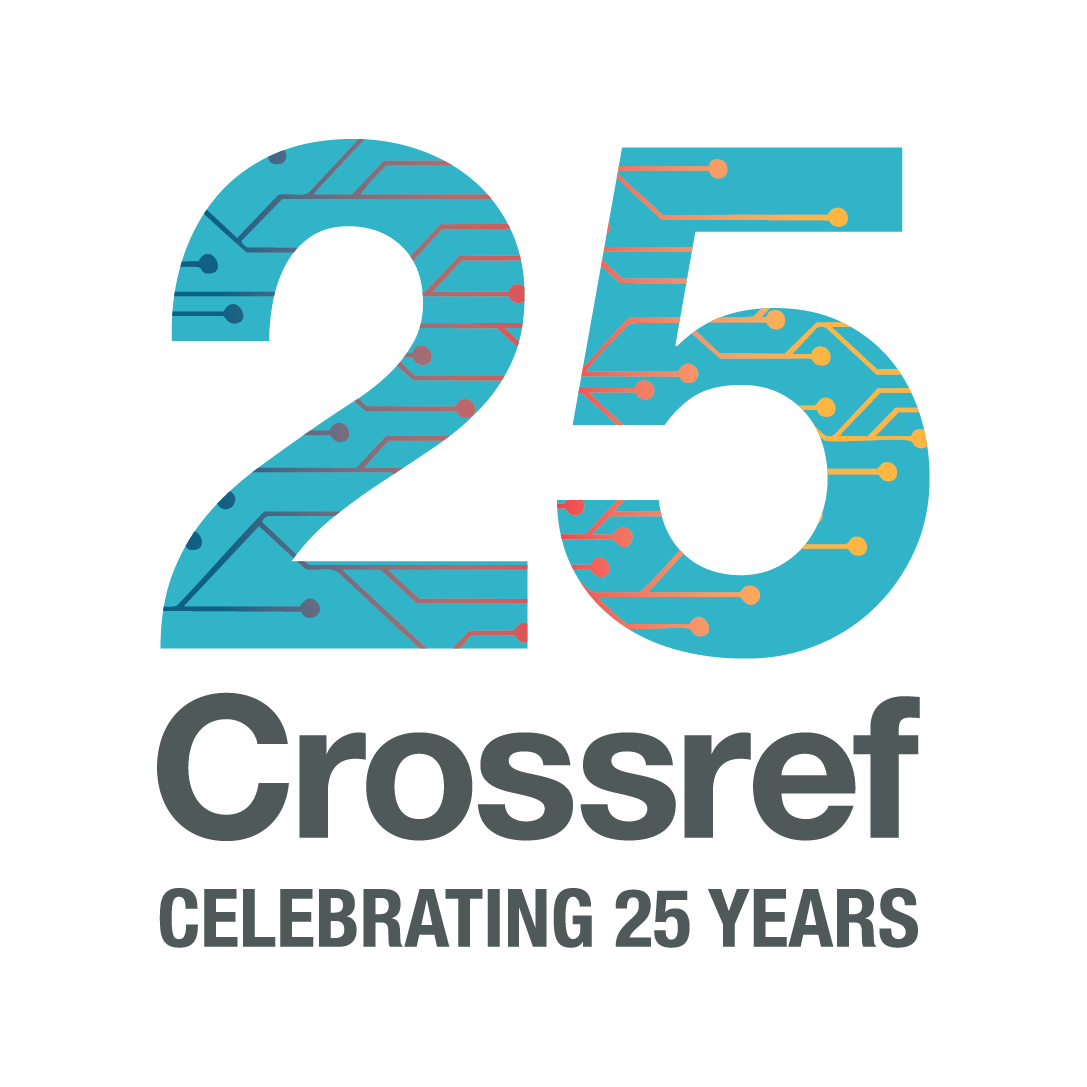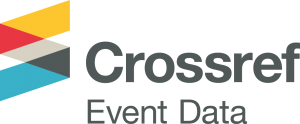Today, I’m thinking back to 2008. A time when khaki and gladiator sandals dominated my wardrobe. The year when Obama was elected, and Madonna and Guy Ritchie parted ways. When we were given both the iPhone 3G and the Kindle, and when the effects of the global financial crisis lead us to come to terms with the notion of a ‘staycation’. In 2008 we met both Wall-E and Benjamin Button, were enthralled by the Beijing Olympics, and became addicted to Breaking Bad. And lest we forget, 2008 was also the year in which Beyoncé brought us Single Ladies; in all its sassy hand-waving, monochrome glory. For Crossref though, 2008 holds another important milestone as it was the year we launched our Similarity Check initiative. Today, the artist formerly known as CrossCheck provides our members with cost-effective access to Turnitin’s powerful text comparison tool, iThenticate.










